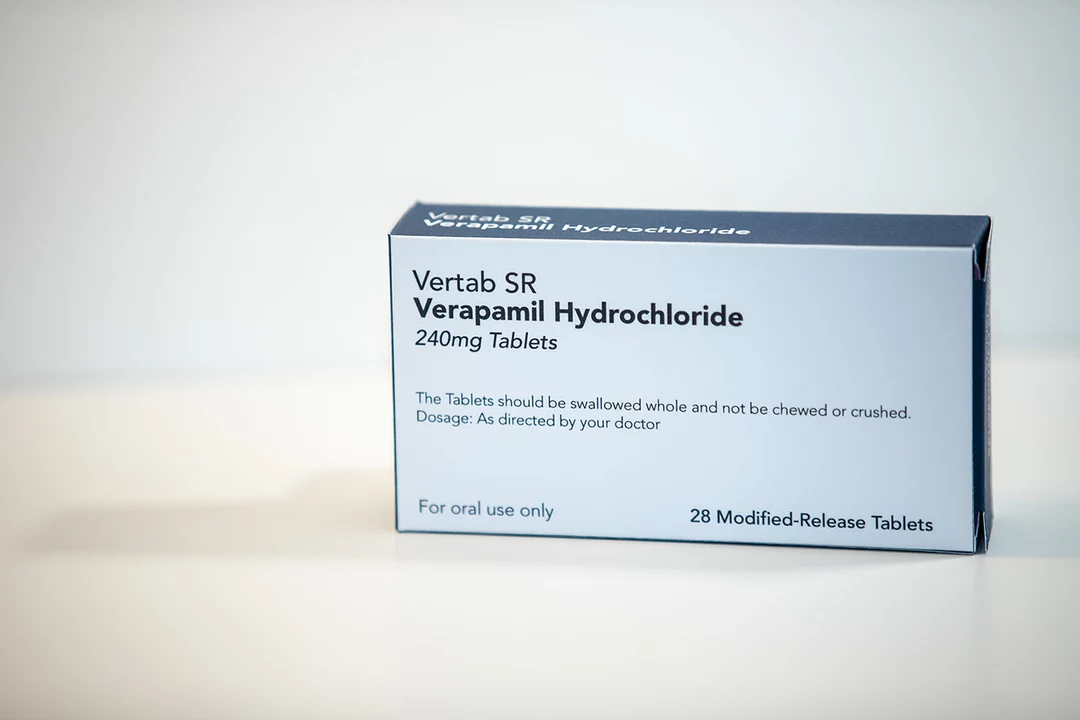Medication Risks You Shouldn't Ignore
Every pill or supplement carries some risk. Knowing what can go wrong helps you avoid nasty surprises and keep your health on track. In this guide we’ll break down the biggest danger zones, from everyday side effects to long‑term bone issues.
Common Drug Side Effects
Most medicines cause mild reactions like nausea, headache, or a dry mouth. These usually disappear after a few days, but they can become a real problem if they linger. For example, Plavix may lead to bruising or bleeding that’s harder to stop. Rogaine often causes scalp irritation and occasional itching.
When you start a new drug, read the label for the top three side effects. If any feel severe – sudden dizziness, chest pain, or trouble breathing – contact your pharmacist or doctor right away. Early action can prevent more serious complications.
Long‑Term Risks You Might Miss
Some medications affect parts of your body you don’t think about daily. Disoproxil (TDF) used for HIV has been linked to reduced bone density, increasing fracture risk over years. If you’re on TDF, ask your doctor about a bone‑density scan and calcium‑rich foods.
Other drugs, like certain steroids such as Medrol, can raise blood pressure or sugar levels if taken long term. Keep an eye on your weight, check blood pressure at home, and let your provider know of any changes.
Even over‑the‑counter options aren’t risk‑free. Herbal supplements like Chinese Mallow sound natural but may interact with prescription meds, especially blood thinners. Always list every product you take when you see a clinician.
How to Manage Medication Risks
Start by creating a simple medication list: name, dose, and why you’re taking it. Update the list whenever something changes. This makes it easier for any health professional to spot dangerous combos.
Use a pill organizer or set phone reminders so you never miss a dose or double‑up accidentally. Missed doses can cause rebound symptoms, while extra doses may trigger toxicity.
If you notice a new symptom, write down when it started and what you were doing. This snapshot helps your doctor decide if the drug is the culprit.
Finally, trust your gut. If something feels off, don’t ignore it. A quick call to the pharmacy or a short visit to your clinic can save you from bigger problems down the road.
Understanding medication risks isn’t about fearing every pill – it’s about staying informed and acting fast when needed. Keep this page handy, share the tips with friends, and keep your health in safe hands.
As a blogger, I feel it's important to discuss the risks associated with combining Verapamil and alcohol. Verapamil is a medication used to treat conditions like high blood pressure and chest pain, while alcohol is a widely consumed recreational beverage. Combining these two substances can lead to dangerous side effects such as dizziness, drowsiness, and an increased risk of accidents. Additionally, alcohol may reduce the effectiveness of Verapamil, making it harder to control your symptoms. It's crucial for individuals taking Verapamil to understand these risks and avoid consuming alcohol to ensure their safety and the effectiveness of their medication.

